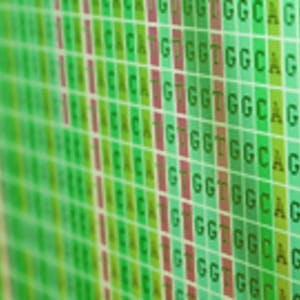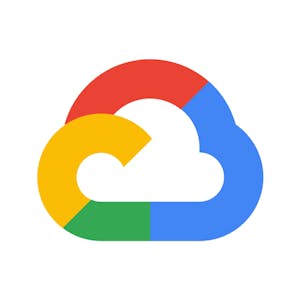Plant Bioinformatic Methods
About this Specialization
The past 15 years have been exciting ones in plant biology. Hundreds of plant genomes have been sequenced, RNA-seq has enabled transcriptome-wide expression profiling, and a proliferation of \"-seq\"-based methods has permitted protein-protein and protein-DNA interactions to be determined cheaply and in a high-throughput manner. These data sets in turn allow us to generate hypotheses at the click of a mouse or tap of a finger.The Plant Bioinformatics Specialization on Coursera introduces core bioinformatic competencies and resources, such as NCBI\'s Genbank, Blast, multiple sequence alignments, phylogenetics in Bioinformatic Methods I, followed by protein-protein interaction, structural bioinformatics and RNA-seq analysis in Bioinformatic Methods II. In Plant Bioinformatics we cover 33 plant-specific online tools from genome browsers to transcriptomic data mining to promoter/network analyses and others. Last, a Plant Bioinformatics Capstone uses these tools to hypothesize a biological role for a gene of unknown function, summarized in a written lab report.This specialization is useful to any modern plant molecular biologist wanting to get a feeling for the incredible scope of data available to researchers. A small amount of R programming is introduced in Bioinformatic Methods II, but most of the tools are web applications. It is recommended that you have access to a laptop or desktop computer for running these as they may not work as mobile applications on your phone or tablet.Created by: University of Toronto

Related Online Courses
This training equips students with the skills they need to become productive with Google Workspace. By the end of this Specialization, the student will be proficient in the use of the core Google... more
In this course, learn how Python was built in C and, by extension, languages like Java and JavaScript. Review object-oriented programming syntax from several languages and use your knowledge of C... more
This is a self-paced lab that takes place in the Google Cloud console. In this lab you will use Liquid parameters and templated filters to enhance interactivity by users in Looker.Created by:... more
Why are some groups healthier than others, and how do these differences emerge and persist over a lifetime? How do social policies on housing, transportation, and employment relate to health and... more
In this 2-hour long project-based course, you will be able to Create an AI assistant using OpenAI\'s playground UI, publish an AI application using Chipp.ai, and evaluate and refine your AI... more








